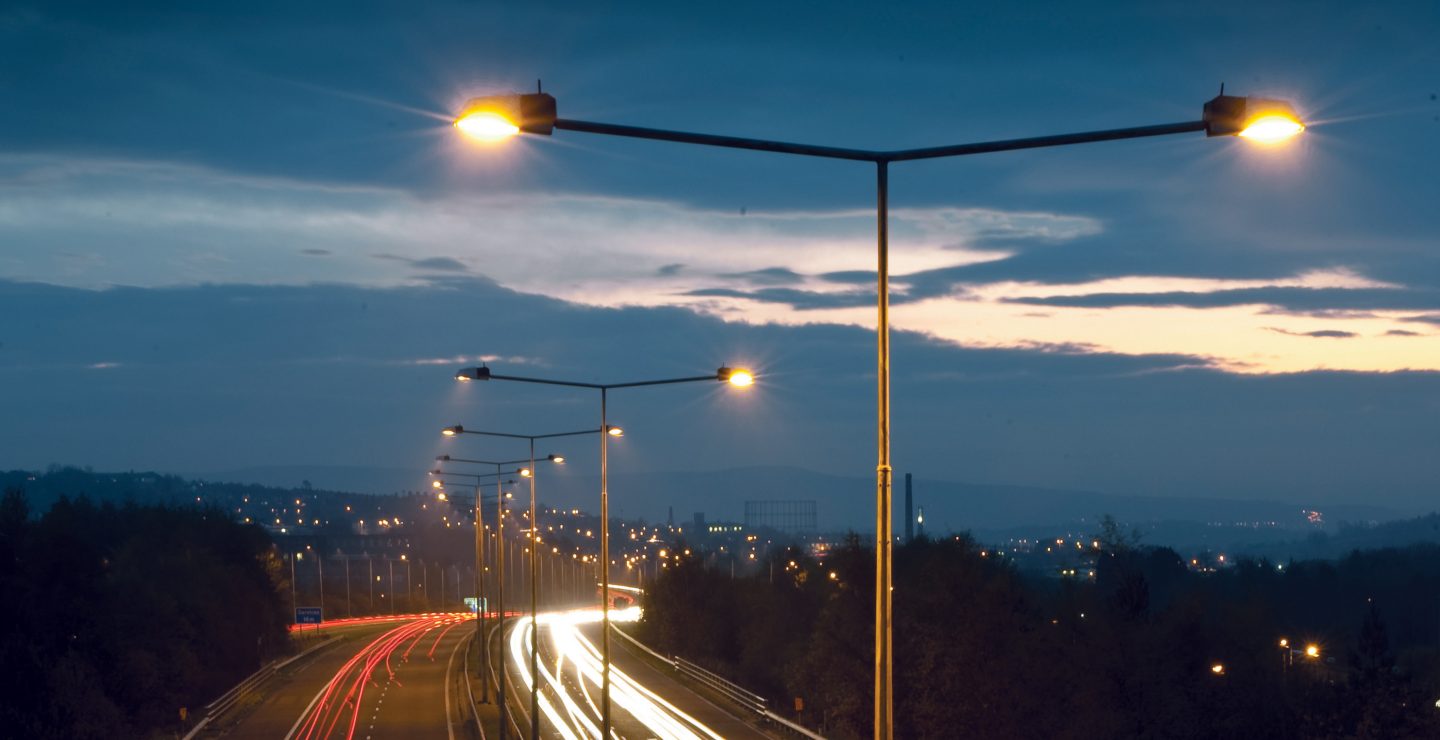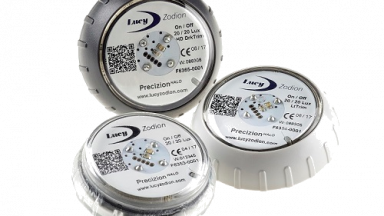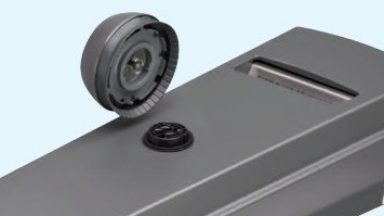Effective lighting plays an important role in keeping streets and roads safe for drivers and pedestrians alike and Lucy Zodion’s Lighting controls have gained an unrivalled reputation in this specialised field.
Burning Hours
A major consideration is how accurately and consistently the load is controlled over a long period of time. PECUs have benefits over time-clocks since they turn the lights on when the light falls, ensuring that light is provided when there is poor visibility prior to dusk, yet providing optimum control on clear evenings, taking full opportunity of good daylight. The total number of hours that a PECU operates the light for each year is called the annual burning hours. Table 1 (right) shows a TYPICAL example of the burning hours for PECUs with various switching ratios and switching levels. The actual number of hours will vary according to the weather profile of the year, and exact location of the installation.
| Switching level | Switching Ratio | Annual Burning Hours (Hrs) |
| 70Lux | 1:3 | 4350 |
| 1:2 | 4275 | |
| 1:0.5 | 4145 | |
| 55 Lux | 1:0.5 | 4115 |
| 35 Lux | 1:0.5 | 4100 |
| 20Lux | 01:01 | 4088 |
Table: Comparison of typical burning hours
Characteristics of Street Lighting Loads
Typical lighting loads have a number of principal characteristics:
Inrush
Most discharge lighting loads require Power Factor Correction. The most common method of providing this is by the use of PFC capacitors. When connected to the supply it is possible for many hundreds of amps to flow momentarily. The magnitude and duration of the inrush current depends upon the value of capacitance (measured in µF), and the impedance of the supply network. This current is capable of welding together contacts of relays and other switching devices. It is also possible for these currents to fuse semiconductors, and it is reliant on good product design to ensure that the effect of inrush has been taken into account.
PF
Power factor can dramatically change the characteristics of a load. Whilst a load may be 100W and draw about 0.4A at unity power factor, it will draw over 1A with a power factor below 0.35 (common for discharge loads with failed PFCs). Also various common lamp or ballast faults can give rise to a situation where just the PFC is connected. In this case although no power is consumed the current through the PECU will also be above 1A. Hence the PECU must be capable of operating the load over the range of likely load conditions, including common failure modes of lantern control gear.
Ratings
It is important to ensure that the maximum ratings are not exceeded, care must be taken to observe both the current rating and also the maximum capacitive load that can be connected.
ECG
Whilst most modern electronic control gear – including LED Drivers (ECG) is power-factor corrected some low wattage equipment may not have full PFC correction, resulting in very poor power factor. ECG is generally a more benign load than magnetic ballasts, and it usually has a much wider operating voltage range. With the wider range there is usually a peculiarity arising from the constant-power approach of most ECG. As the voltage rises the line current falls, however the opposite is also true, so that a 10% drop in voltage can result in a 10% increase in line current. This is important to remember when sizing cables and circuit protection.
Elexon
The settlement for energy costs relating to unmetered supplies in the UK are managed in accordance with the BSCP520 document published by Elexon. The latest version of this document and its appendices are available on the Elexon website. Within the appendices are the specified ratings for products and details of switching regimes detailing the annual burning hours for various control solutions.
For more in-depth information about Elexon, please visit the official website.



